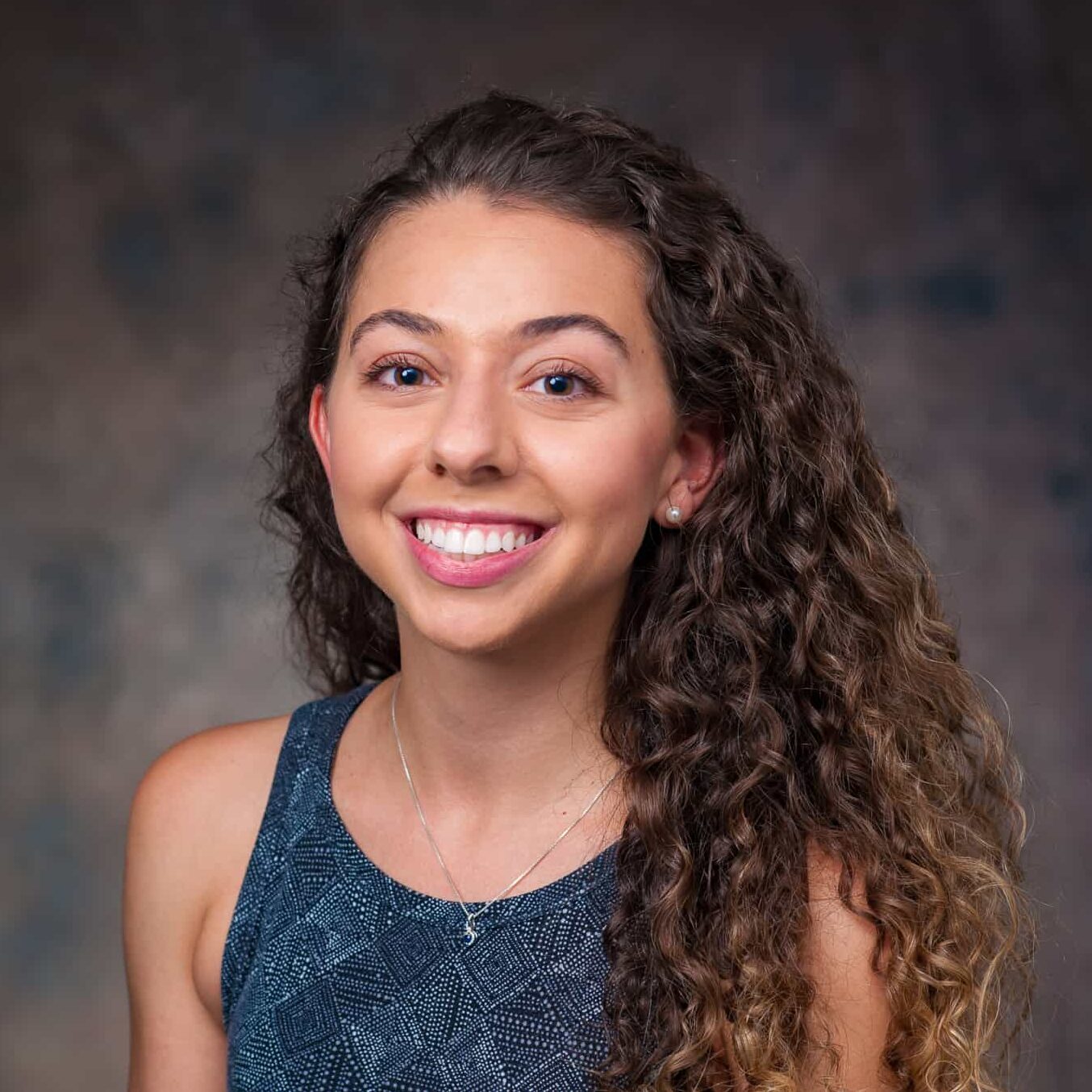Introduction
The presence of police patrolling school hallways has fundamental consequences and causes long-term harm to Black, brown and disabled students, in particular, a panel of experts said in a forum hosted by the Center for Public Integrity and San Diego investigative journalism organization inewsource Wednesday night.
“Criminalizing Kids,” a Public Integrity investigation by Corey Mitchell, Joe Yerardi and Susan Ferriss published earlier this month, found that nearly 230,000 students a year are referred to law enforcement, and roughly a quarter of those referrals led to arrests. In 31 states plus the District of Columbia, Black students were referred to law enforcement at more than twice the rate of white students.
Here are five takeaways from Wednesday’s forum, which was moderated by inewsource reporter Jennifer Bowman and featured Harold Jordan of ACLU Pennsylvania, Rachel Deane of the Legal Aid Justice Center, and Marilyn Mahusky of Vermont Legal Aid:

1. Disproportionate policing is a trend that’s been on the rise for years.
Equity concerns regarding arrests and referrals to law enforcement because of school policing have been on the rise for more than 30 years. Student referrals to law enforcement have increased 12% in the past two years, and arrests have increased by 5%.
A 2018 report by the National Center for Education Statistics found that 67% of middle and high schools in the public school system had police stationed in schools regularly. Police officers don’t just respond to emergency incidents. They’re embedded in schools and take action outside of emergency situations, said Jordan, nationwide education equity coordinator with ACLU Pennsylvania.
2. Policing in schools differs from place to place.
Putting a friendlier face on it, such as replacing a formal police uniform with a polo shirt and khakis, doesn’t address the fundamental problem with police presence in schools, Deane said.
There are a few different categories of police presence in schools, Jordan said, and each one challenges equitable student treatment in its own way:
- Some schools have their own police departments, and the officers are staff members of the school district.
- Some school districts contract with local or state law enforcement, placing what most know as “school resource officers” in schools.
- Some school districts hire private security. In some cases, these security officers are armed.
3. “Teaching your kids not to be criminals” is the wrong framing.
Saying that students have nothing to worry about if they stay out of trouble doesn’t get to the root of the problem, said Deane. The issue is that exclusionary policies and harrowing consequences for minor infractions are criminalizing children, and outcomes repeatedly show bias against Black, brown and disabled students. By disciplining children harshly for making behavioral mistakes in their adolescence (like getting frustrated about a low test grade and kicking a trash can), the presence of police is leading to disproportionate interventions.
4. 1.7 million children go to schools that have cops but no counselors.
There’s plenty of research that shows that the presence of police in schools has an adverse effect on the relationship children have with education, said Mahusky, a staff attorney with the Disability Law Project at Vermont Legal Aid. There’s very little evidence showing that the police have a positive impact on school environments.
But there are evidence-based alternatives – like implementing restorative justice practices, focusing on trauma-informed education and bringing in school psychologists – that change school culture, and that’s where resources should be placed.
Yet more than 1.7 million children attend schools in the U.S. where police patrols are funded, but no guidance counselors are funded, a statistic that Jordan said is astounding.
5. How can children stay safe without the presence of police?
While high-profile school shootings such as Columbine led to a spike in police presence in schools, there’s no evidence that it prevents a school shooting, Jordan said. In fact, the presence of police in schools has adverse effects on students of color, students with disabilities and LGBTQ+ students, Mahusky said.
Public Integrity partnered with USA Today Network and dozens of other local news organizations across the country on the “Criminalizing Kids” project.
Subscribe to Public Integrity’s newsletter to keep up with similar collaborations investigating the causes and effects of inequality in the U.S.
Help support this work
Public Integrity doesn’t have paywalls and doesn’t accept advertising so that our investigative reporting can have the widest possible impact on addressing inequality in the U.S. Our work is possible thanks to support from people like you. Donate now.


Join the conversation
Show Comments